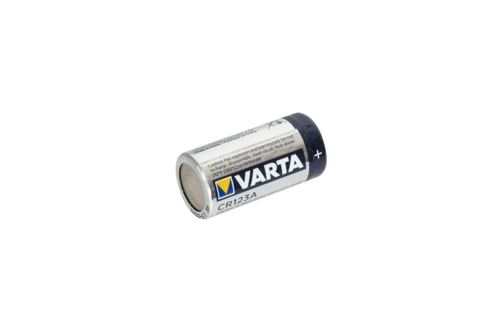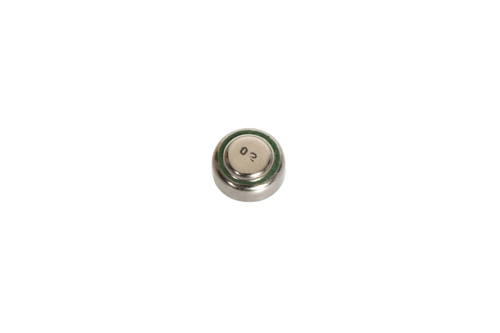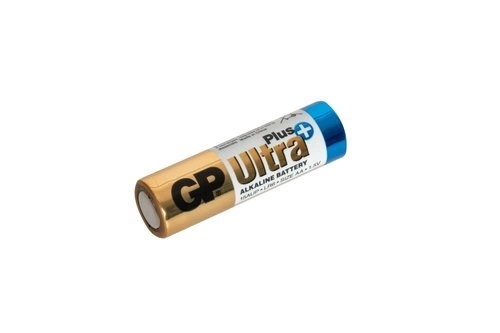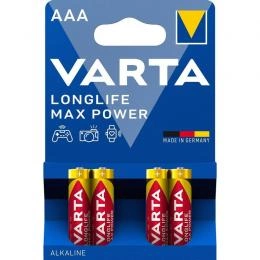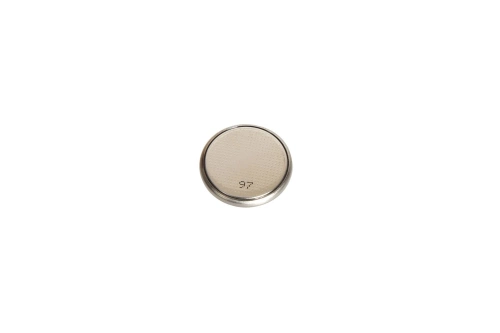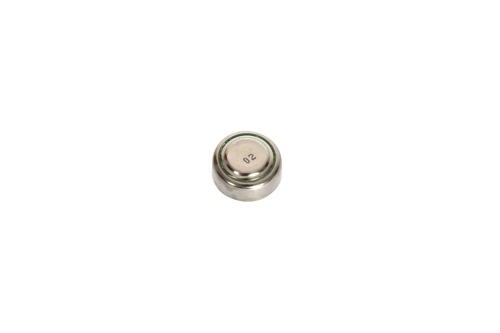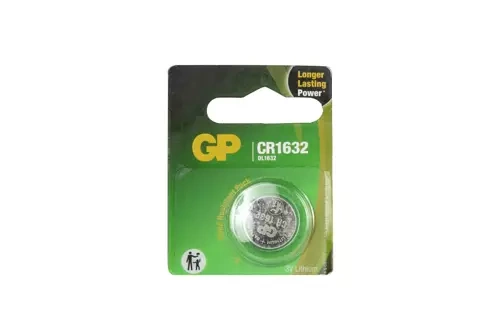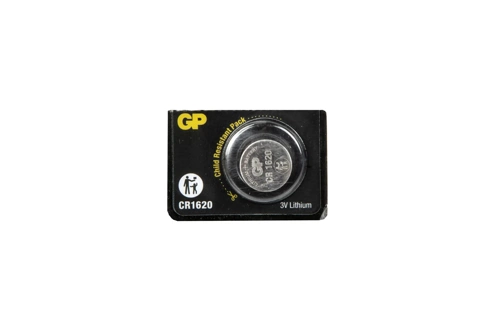Other batteries
Airsoft replicas are not the only devices that require electricity on the airsoft battlefield. You should keep this in mind when putting together your equipment for an important skirmish.
Power supply on the airsoft battlefield
Most players use electric replicas powered by LiPo packs, which have virtually displaced NiCd and NiMH batteries. However, these are not the only accessories that need electricity.
Every collimator and spotting scope with illumination requires battery power. Fibre-optic-equipped devices are a small exception, but these account for only a tiny fraction of the optics market. Most collimators and scopes are powered by CR type button batteries. One battery lasts for several to even tens of hours of operation, depending on the type of LED and brightness.
The second type of batteries includes the popular “sticks”, i.e. AA and AAA type cells. Although more and more manufacturers are adopting advanced power systems, batteries of this type are still found in older radios and torches. There are many rechargeable batteries available on the market in the form of AA and AAA batteries, which can be easily recharged many times using dedicated chargers or even popular in the airsoft circles “microprocessor chargers”. It is also worth mentioning that more and more flashlights used by players are powered by CR123a batteries. Although this is the most expensive solution, these types of lithium batteries operate in a wide temperature range and have a longer service life.
As happens in life, batteries run out at the most unexpected moment. So you should stock up, and when choosing a new one, go for a reputable manufacturer. All the more so, as it is quite a small expense.
Dangers
The airsoft culture demands that places where the hobby is practiced are not littered. It is no different for used batteries. Batteries are hazardous waste! It is assumed that a single battery takes between 200 and 450 years to decompose in the natural environment, and one small button battery used in collimators is capable of contaminating up to 1 m3 of soil or 400 liters of water. Old and unwanted batteries should only be placed in respectively marked electro-waste bins, which can be found in public places such as offices, libraries and also in the vicinity of large supermarkets.
